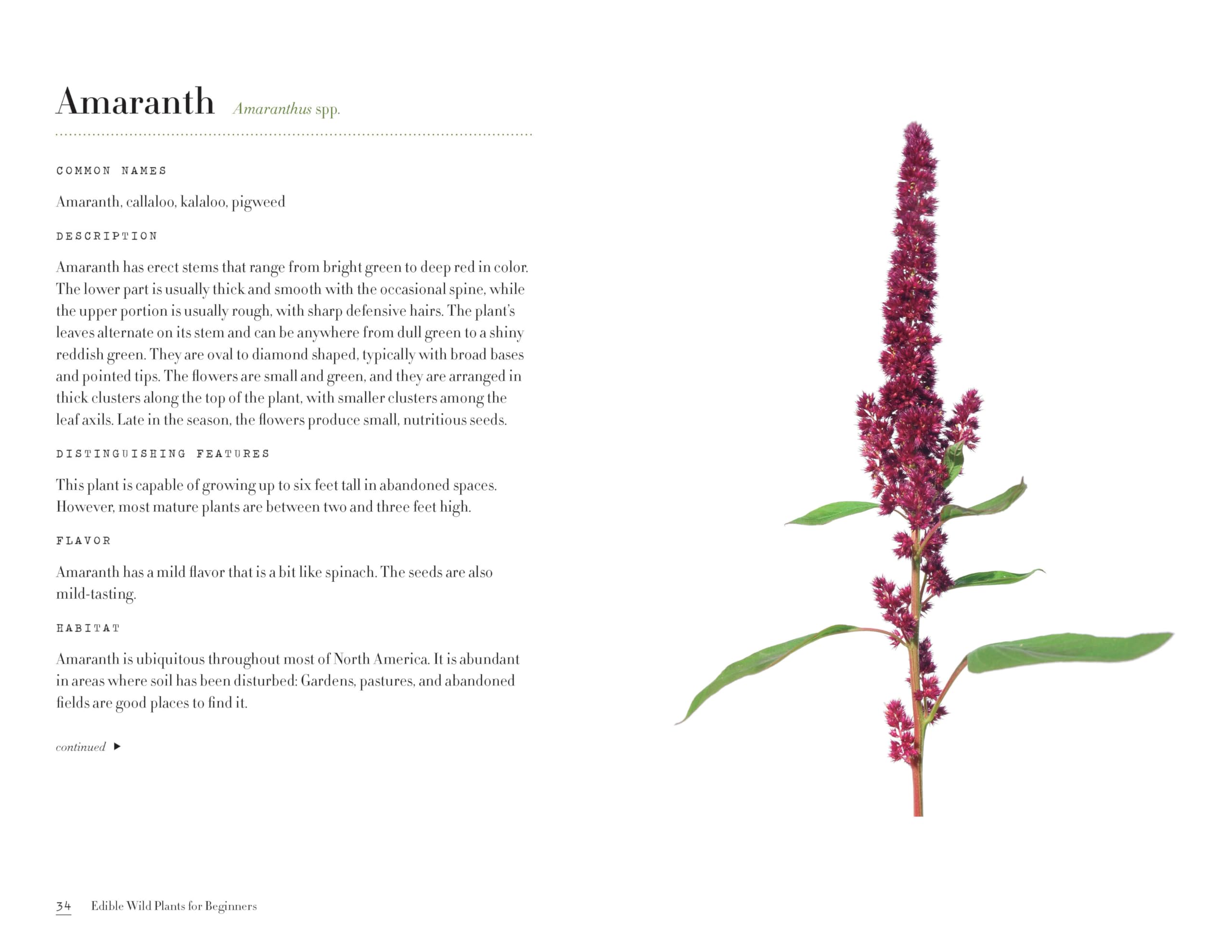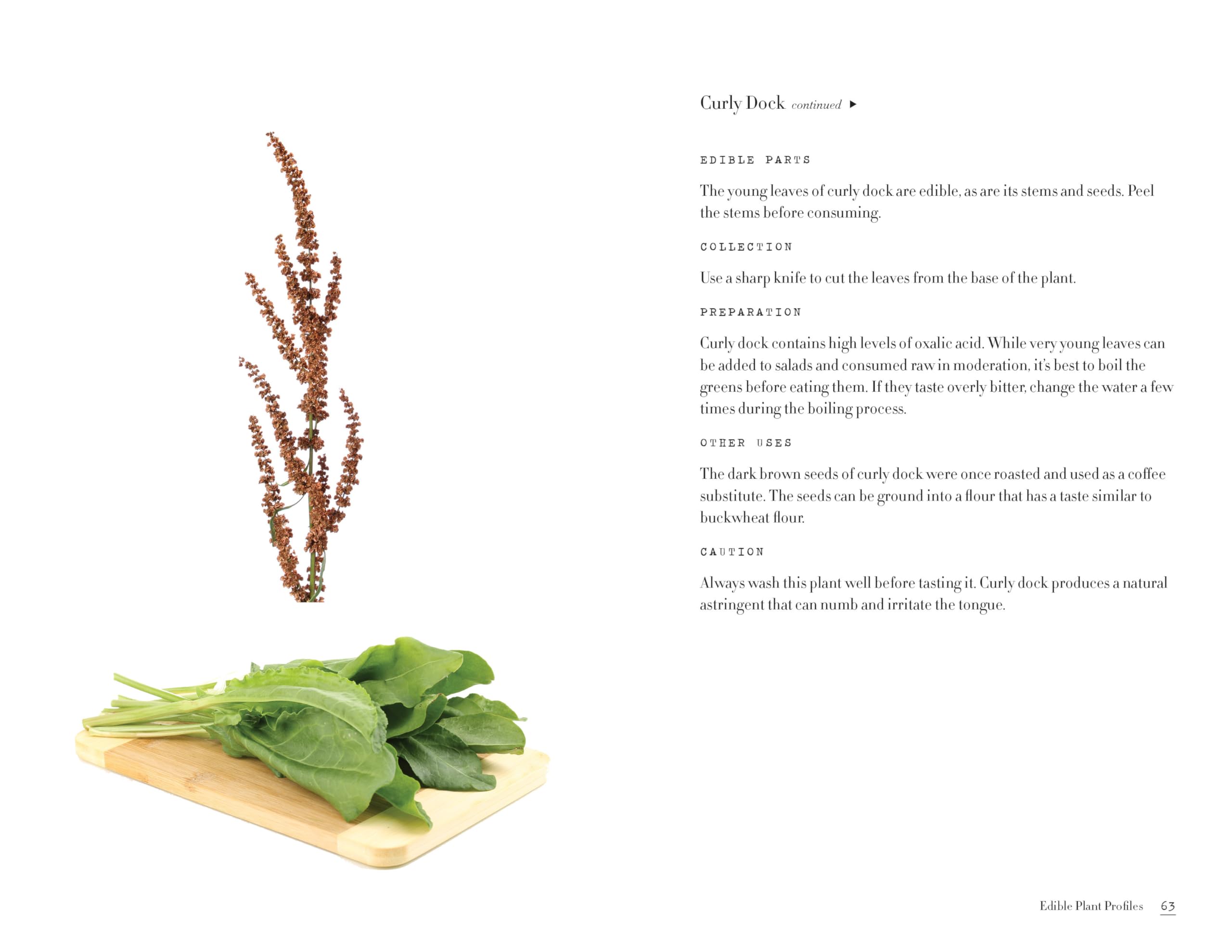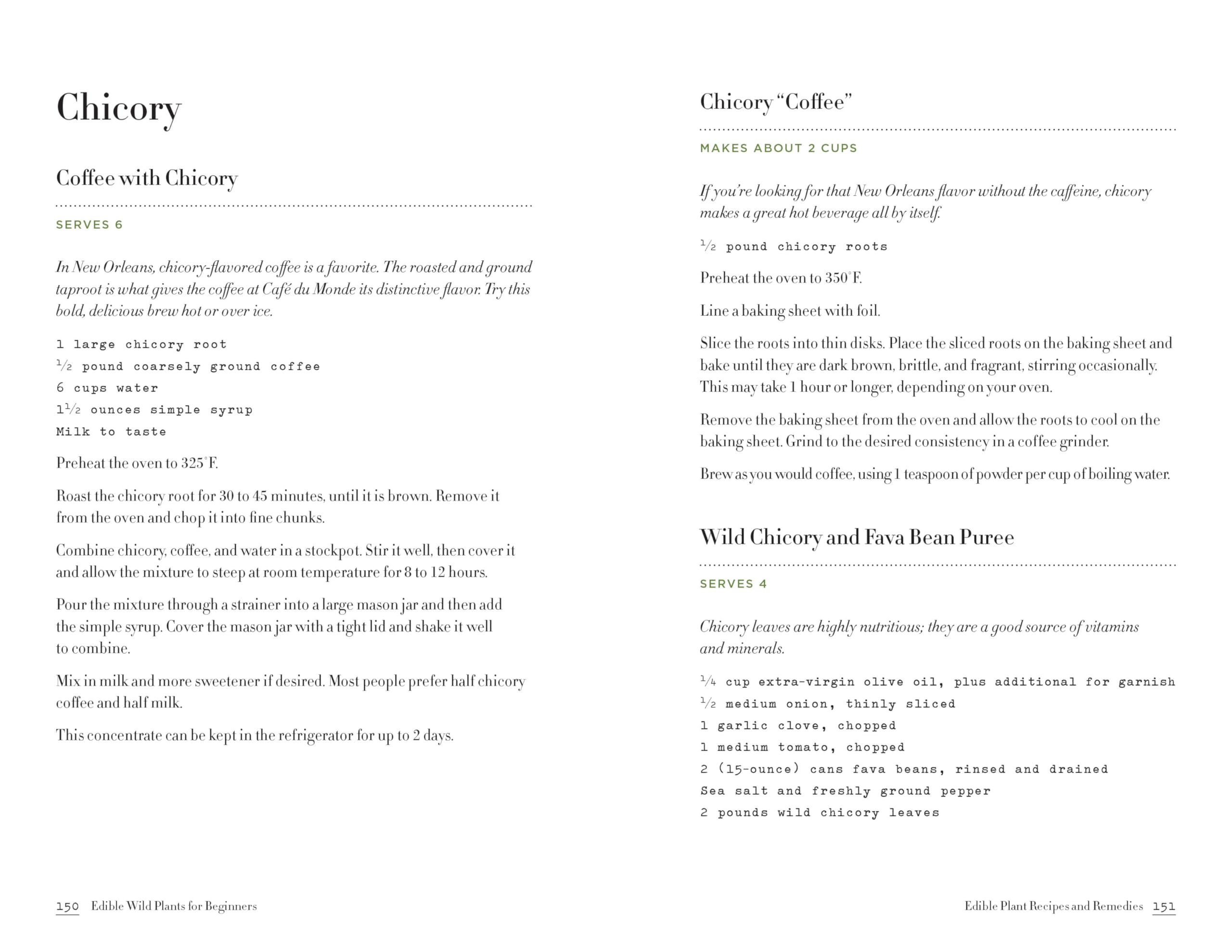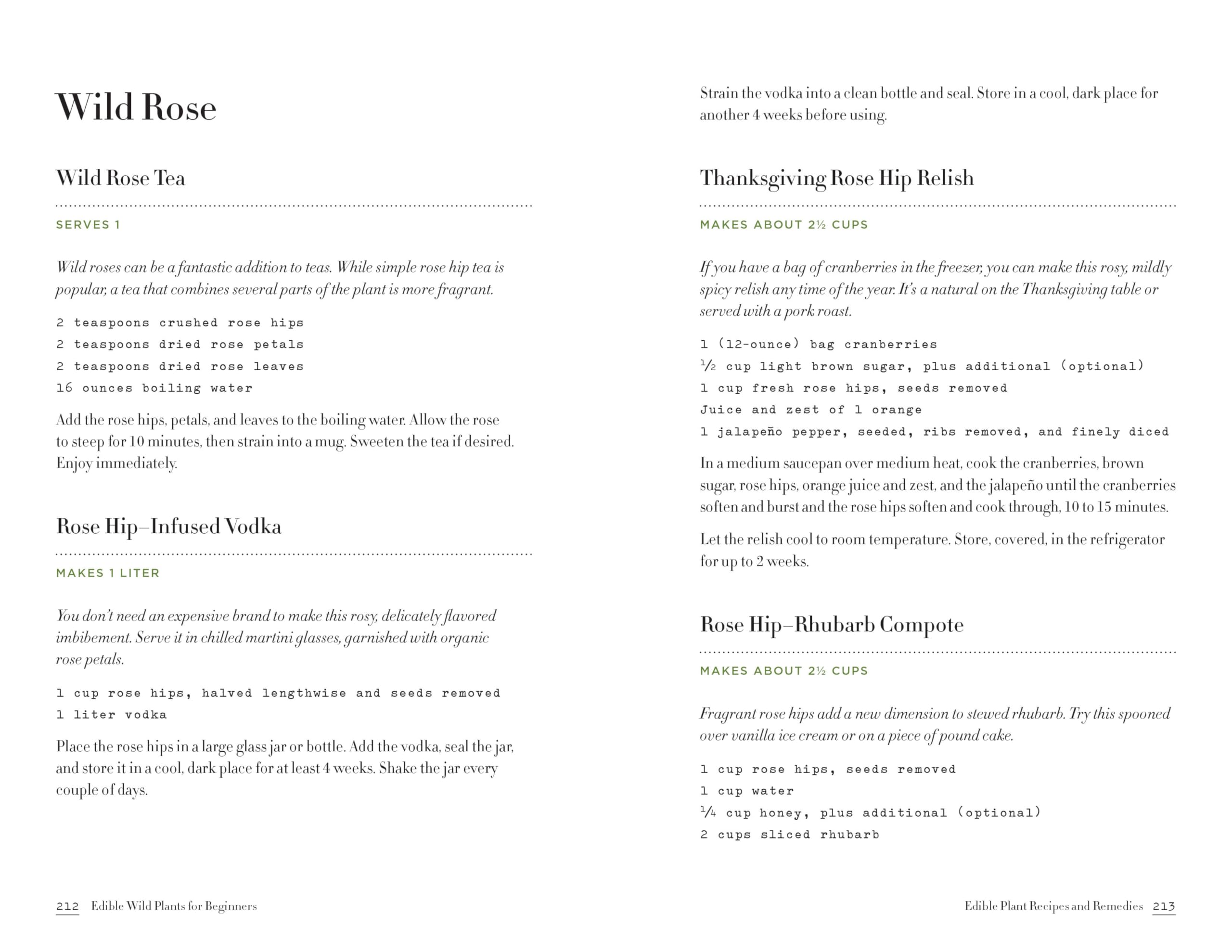Customer Services
Copyright © 2025 Desertcart Holdings Limited
Desert Online General Trading LLC
Dubai, United Arab Emirates







Edible Wild Plants for Beginners: The Essential Edible Plants and Recipes to Get Started





C**N
Terrific Book on the Essentials of Foraging Wild Edibles
I live in Southern California where there is an abundance of hiking trails and campgrounds and I’ve always known that many of the indigenous plants I see here are edible. I discovered from this book that around 500 Native American Indian tribes foraged for food from thousands of wild plants, but I’ve always been afraid to try the berries and nuts and even leaves, flowers and bark that look like food to me, thinking they could be toxic. So my favorite section of the book is chapter four, which actually tells us how to test the roots, stems, leaves, berries and other plant parts by using the “Universal Edibility Test,” which offers simple techniques like rubbing the juice on your inner wrist and holding plant parts to your lips for a few minutes to see if you get a reaction before trying the taste test. The process takes quite awhile, but will keep us wild plant want-to-eaters safe.This book also teaches how identify (and avoid) the distinctive warning features of poisonous plants that make them easy to recognize. There is a great deal of useful information in the book, such as knowing when to forage for and harvest wild plants, what part of day to gather leaves, understanding the changing chemical composition of plants, what tools to use and how to cut the plants, how to carry them, clean them and store them, how to be ethical while foraging, how to protect yourself from predators or bears, how to plant a garden of wild edibles and even how to cook the different parts of your wild plants. To top it off, the book also offers some great sounding recipes, like Garlic Mustard, Prickly Pear Pink Lemonade and Elderberry Dumplings. The photos of numerous edible wild plants are perfect and I love the appendix of Ten Steps to Making Tinctures. Some very good online and print resources are also included. I can’t say enough about this terrific book that is a must-have for anyone interested in foraging for wild edibles or who already forages.
S**B
Half plants and half recipes
Not a bad book but it's literally half plants and half recipes. Would love it if elaborated more on plant info. I actually like recipes but that's not what I purchased this book for. Would be great if it were more plants.
Y**D
Perfect!
New to foraging and this book is perfect for me it gives so much information and shows pictures can’t wait to use it with the kids this year.
J**S
The info given is good, but scanty
The section of the book that identifies the plants is short and there's more focus on the recipes which I am not interested in. I wanted plant identification and info on edible parts
A**Y
Complete beginner first reaction...
Ok, so I had my doubts after looking into a lot of other books and their reviews. I ended up on this one. I am beyond pleased with the info, the clarity of the pictures. It's size and cost. It clearly tells you what, when and how things are edible. How to identify and what parts of the plant to look for. Different ways to prepare and consume. I mean, I honestly think anyone with an 8th grade competency would be able to forage with 0 knowledge but this book.I'm sure there's more and better books but as a beginner book from a beginner, this book inspired me and gave me some confidence.
A**R
Very clear descriptions and awesome photos!
This was the guide I needed to begin foraging. It tells me what I need to get started and how to notice edibles wherever I go. Each plant has a photo and description that is clear and precise. Now I also know what to eat and what not to and how to prepare everything!
R**Y
The whole book was interesting.
It was very informative and good advice.
B**E
An Enjoyable Basic Book on Foraging
Edible Wild Plants for Beginners is a basic book about foraging for food. There's plenty to read about and a color photo from each item which is discussed. However, since many plants which are discussed have more than one edible portion, an accompanying photo of that portion should also be included; hence the 4* review. Only a few plants have photos of all edible portions. The photos offered are very clear and sharp in print form but not as good digitally.The authors make no claim that by reading this book one might become an instant expert. In fact, quite the opposite. They offer a four step "Universal Edibility Test," which, when used correctly, takes about two days to complete the analyzation of any given unknown potentially edible wild food.The book offers recipes and remedies from wild plants. Additionally, there are two appendixes entitled (a) Ten Steps to Making Tinctures and (b) Ten Most Common Poisonous Plants. Resources and references are also available.I also opted for the digital download for an additional 99¢. This medium does not seem to suffer from issues that some other downloads have mentioned. All information including the photographs is there.
B**K
Just the book to get started
To learn about food for free
I**H
Great book, handy photos to help identify the plants!
I liked the photos which accompany the descriptions of the plants.Visual identification is very important, because otherwise the book would not be as useful.Will be reading it properly and making some notes soon.
A**R
Enjoyable
Brillient, so many plants to eat, of some I was brought up to discard as poisonous but not any more
M**N
Good read
Interesting topic.
K**A
FANTASTIC
Great, ate lots of wild plants using this
Trustpilot
1 month ago
3 days ago